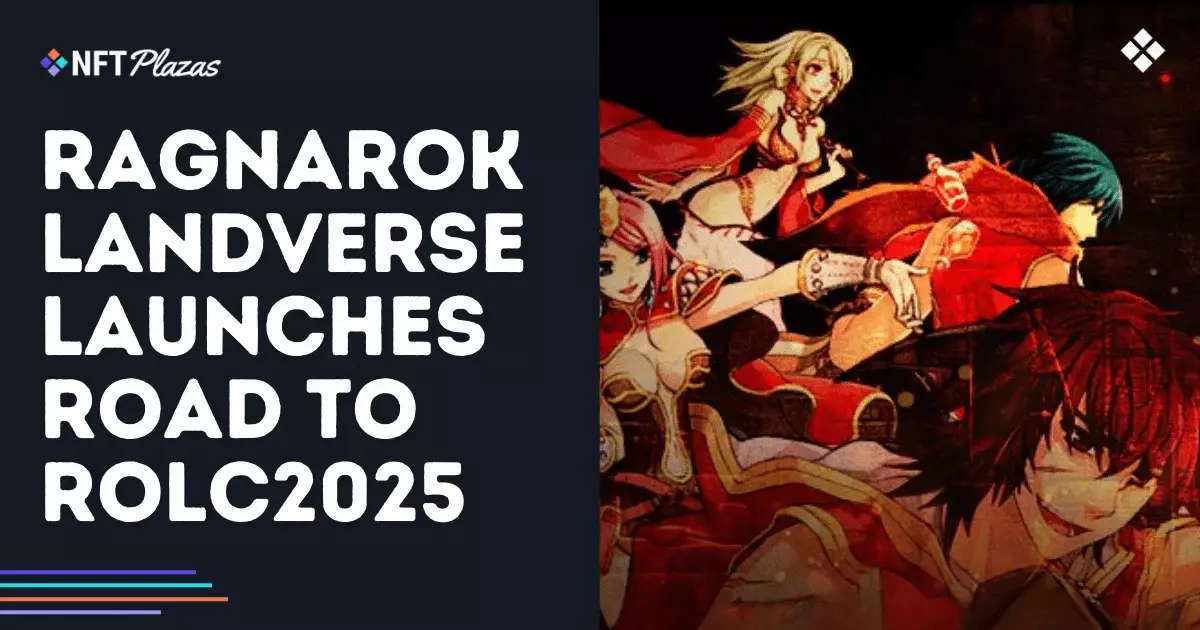The world of competitive gaming is perpetually evolving, but few developments have the potential to reshape how we think about team dynamics and competition as the announcement of Ragnarok Landverse: Genesis’ new tournament structure. The “Road to ROLC2025” introduces a rigorous, guild-centric format with weeks of structured play leading to an elite championship. This shift is not merely an improvement; it is a radical departure from the nostalgia-fueled solo play that many gamers still cling to. While this approach has its merits in creating community and encouraging collaboration, it also raises significant concerns regarding inclusivity and player diversity that deserve close scrutiny.
The Guild-Only Approach: Innovation or Exclusion?
The decision to restrict participation solely to guilds is bold, but one must question its long-term efficacy in promoting the game’s popularity. While it is certainly an ingenious marketing strategy to cultivate a dedicated community, the guild-only model may inadvertently alienate solo players who represent a significant demographic in gaming. Gaming has historically been a refuge for solitary warriors and independent thinkers. By disregarding this group, the developers could be squandering an opportunity to engage a more diverse player base while inadvertently nurturing an insular environment where only pre-established guilds can thrive.
Furthermore, guilds often defend against “bad actors” within their ranks, which can create a stifling environment for newcomers. By limiting competitive slots and avenues, new players may feel less inclined to engage with the game, resulting in stagnated growth. Developers should consider integrating mechanisms that allow solo players to shine, perhaps through temporary alliances or mentorship opportunities that could serve to enhance rather than diminish the guild-focused gameplay.
The Competitive Structure: Could It Be Improved?
While the multi-phase tournament structure, featuring Minor and Major Events, promises engaging gameplay, it appears painfully reminiscent of the typical esports formula. Players will be tested week after week in predetermined matches, leading to a predictable rhythm that lacks true spontaneity and excitement. This rigid framework leaves little room for exceptional talent to surface outside the competitive ladder, stifling creativity and reducing the thrill of unexpected matchups.
Moreover, the substantial prize pool—$30,000 for the first season—acts as both a carrot and a stick. While the financial incentives may lure seasoned gamers into competitive guilds, this might foster a win-at-all-costs mentality that undermines the spirit of fun and fellowship that gaming should ideally represent. The question remains whether the competitive integrity and community spirit can coexist under such conditions.
Reward Structure: A Double-Edged Sword
Another critical aspect to address is the distribution of prize money. With significant sums allocated to the top guilds, this competitive structure could encourage underhanded tactics as teams claw for pole position. Teams ranking from fourth to sixth place receive a measly $1,000, while a significant portion of the prize pool is snatched by the top three. Such disparity can breed resentment and hinder collaboration, transforming what should be an amicable rivalry among guilds into a toxic environment fueled by unhealthy competition and counterproductive behaviors.
Distributing prizes more equitably across ranks might not only mitigate resentment but could also serve to promote robust competition. When individual contributions to a growing ecosystem are acknowledged, it encourages players to invest more creatively in their guild strategies, thus enriching the overall gaming experience.
The Imperative of Community Engagement
What remains profoundly critical in this transition are the developers’ and community leaders’ roles in managing this culturally rich ecosystem. Active engagement through the game’s Discord server and other channels is essential to foster loyalty, creativity, and a sense of belonging. If the game developers fail to recognize and address the complexities and nuances that come with restricting competition to guilds, they might tarnish the high potential of this ambitious venture.
While the new structure of Ragnarok Landverse: Genesis presents an exciting opportunity to elevate competitive gaming, it is crucial for developers to tread carefully amid the narrow line between vision and exclusion. Are they creating an inviting environment for fresh talent, or are they simply heralding the dawn of an elitist guild-centric paradigm? With the stakes so high, the responsibility lies on everyone involved to cultivate an ecosystem that not only thrives on competitiveness but also wholeheartedly embraces diversity and community respect.















